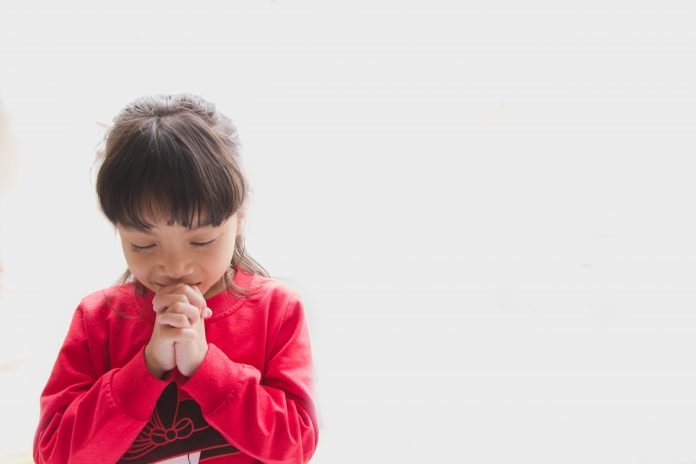
CONSIDER:
We are not called simply to be catechists teaching our faith; we are called to be witnesses of the loving presence of Christ, to do everything as if it were Christ himself acting. No matter where we are or what we are doing, we are asked to surrender ourselves for the good of others.
This may seem like a daunting task—to be the body of Christ, self-sacrificing for the sake of others. We sometimes forget that being the presence of the risen Christ for others is not something that unfolds in big, showy ways. It unfolds in the simple things of our ordinary days.
This is the most important task of the catechist. By modeling genuine love and respect for the youngsters as members of the body of Christ, we instill in them a sense of their own goodness as daughters and sons of God. When catechists teach out of a genuine awe for the mystery we are privileged to live, students begin to catch this as what is most important about the catechetical process. These are not simply classes during which we teach about our faith; the classes themselves are a kind of liturgy during which Christ is encountered and catechist and students alike are transformed.
TRY THIS:
Take time during each catechetical class or session simply to be still, to open the space to encounter God, and to teach youngsters that in the stillness God comes to teach, guide, strengthen, and transform them.
When we model and teach youngsters the quietness and gentleness of life, we give them life lessons that accompany them on their whole life’s journey, a Christian journey that leads them to their ultimate identity and destiny — fullness of life with God forever!
:::
Excerpted from chapter 3, “Liturgy and Sacraments.” by Joyce Ann Zimmerman, CPPS, in The Role of the Catechist, part of the Called to be a Catechist series. 2016. Published by Twenty-Third Publications (twentythirdpublications.com). Used with permission. All rights reserved.




